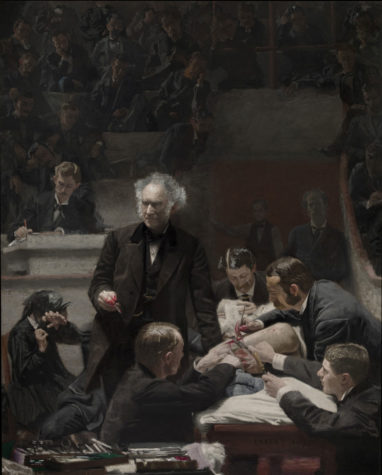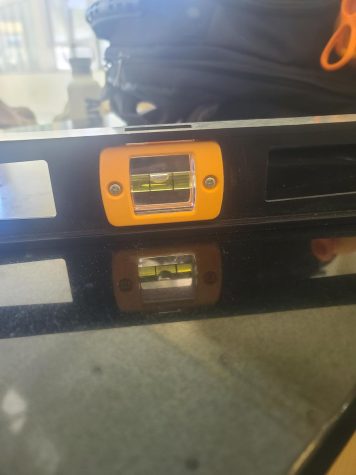Dissections

Dissections of animals and their body parts are a common facet of any high school biology or anatomy class, and students rarely question their usefulness or ethics. I’ve always been too emotional to consider doing dissections in class; it’s unfair that frogs, chickens, fetal pigs, sheep, or cats died in order for me to learn. I solidified my stance on animal rights at a very young age, mainly thanks to Fern Arable in E.B. White’s Charlottes Web. Fern fiercely protected Wilber, and I felt a responsibility to protect all animals with the same passion. I remember fighting with classmates about a spider and its right to live even though it had crawled inside our classroom. I remember crying on my bed for an hour after school because the neighbors sprayed for buckmoth caterpillars. I remember chasing other kids away from ducks in the park so they wouldn’t be terrified and tormented. I hated people taking animals for granted or failing to respect them – by simply leaving them alone. By the time a dissection was proposed in 7th grade, I knew that, even if it was an effective way to learn, I couldn’t stomach cutting up a dead frog.
My emotional objections to dissections helped me formulate my social objections. 7th graders or even 11th graders are not going to benefit from a dissection. At best, they’ll take it seriously, complete a lab, and move on with a slightly better understanding of locations of organs in the body. Any knowledge students have on function, structure, and development of organs or body systems was acquired through research before and after the dissection. For engaged students, dissections reinforce a 3D model of organs and systems they already know. At worst, students will barely dissect their animal/organ or cut it up randomly for enjoyment without paying enough attention to learn anything. High school and middle school students lack the maturity to learn from dissections or appreciate the sacrifice of an animal with the goal of deepening humans’ scientific breadth.
At the university level though, dissections can be effective and necessary. When students have already narrowed down their path of study to a science field, a dissection will give them the understanding or training they need to continue in a subject. An animal dissection is not a waste when students are fully engaged, understand what they’re trying to learn, and plan to use the experience to advance human medicine or conduct more research. One teacher suggested to me that possibly the high school dissections and exposure to body systems spark students’ interests and leads them to major in biology or go to medical school. This differs from my opinion that only the very few students truly interested in biology and medicine could gain anything from a dissection in high school, and they’re still better served waiting until college.

Dr. Guill, Mr. Jones, and Coach Zell all understand my objections and have graciously allowed me to sit out of frog, fetal pig, sheep brain, and other dissections. Zell understands that dissections are an excellent way to learn, but another way would be less wasteful and easier to justify. He’s looking at options, like a “SynDaver,” an artificial cadaver that can be dissected over and over again with the proper reassembly, but they’re pricy and probably a ways off from being financially available. I look forward to learning as much as I can about anatomy, biology, and physiology before I decide to do a dissection in college or graduate school. And I know when I do dissect an animal, I will do so thoughtfully and appreciatively, in a way that I can personally justify using an animal to deepen my own understanding and further scientific research.

"How do you write like you're running out of time? How do you write like tomorrow won't arrive? How do you write like you need it to survive?" -Hamilton,...







